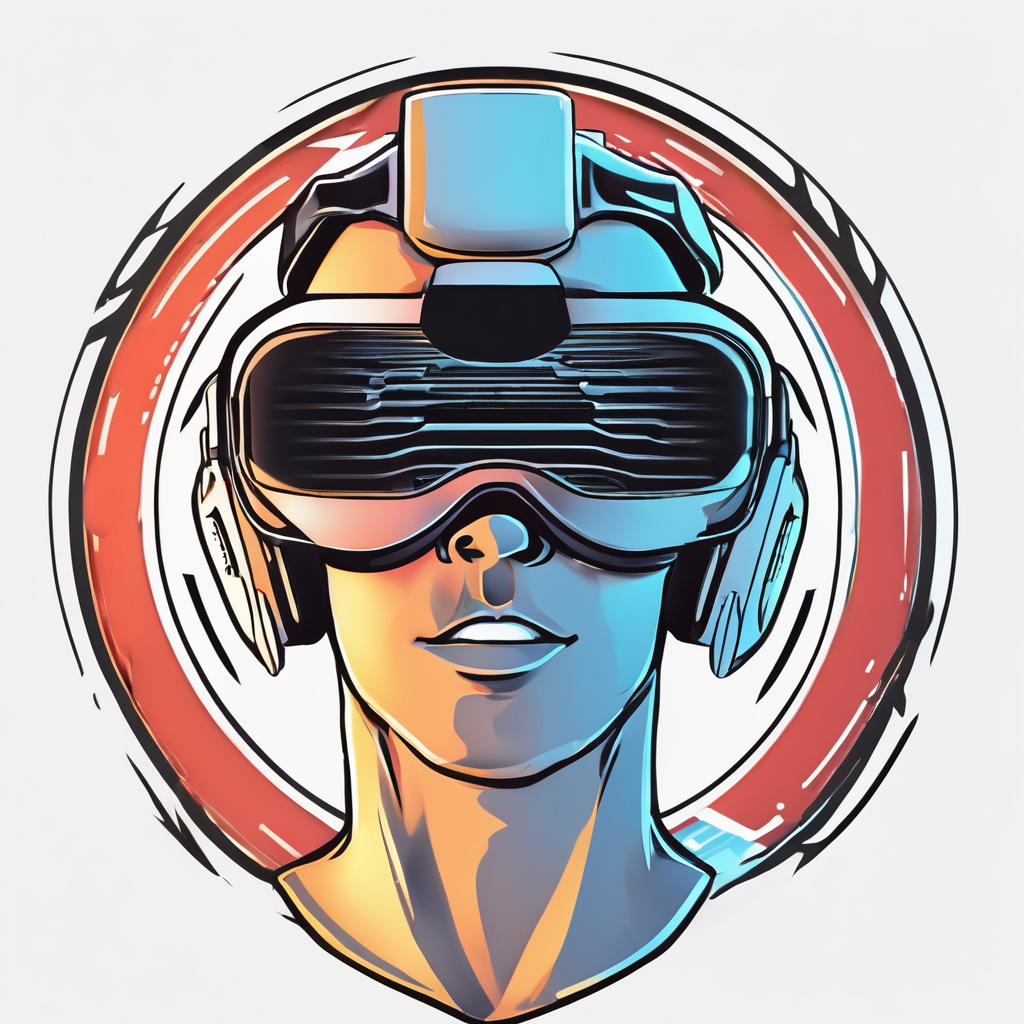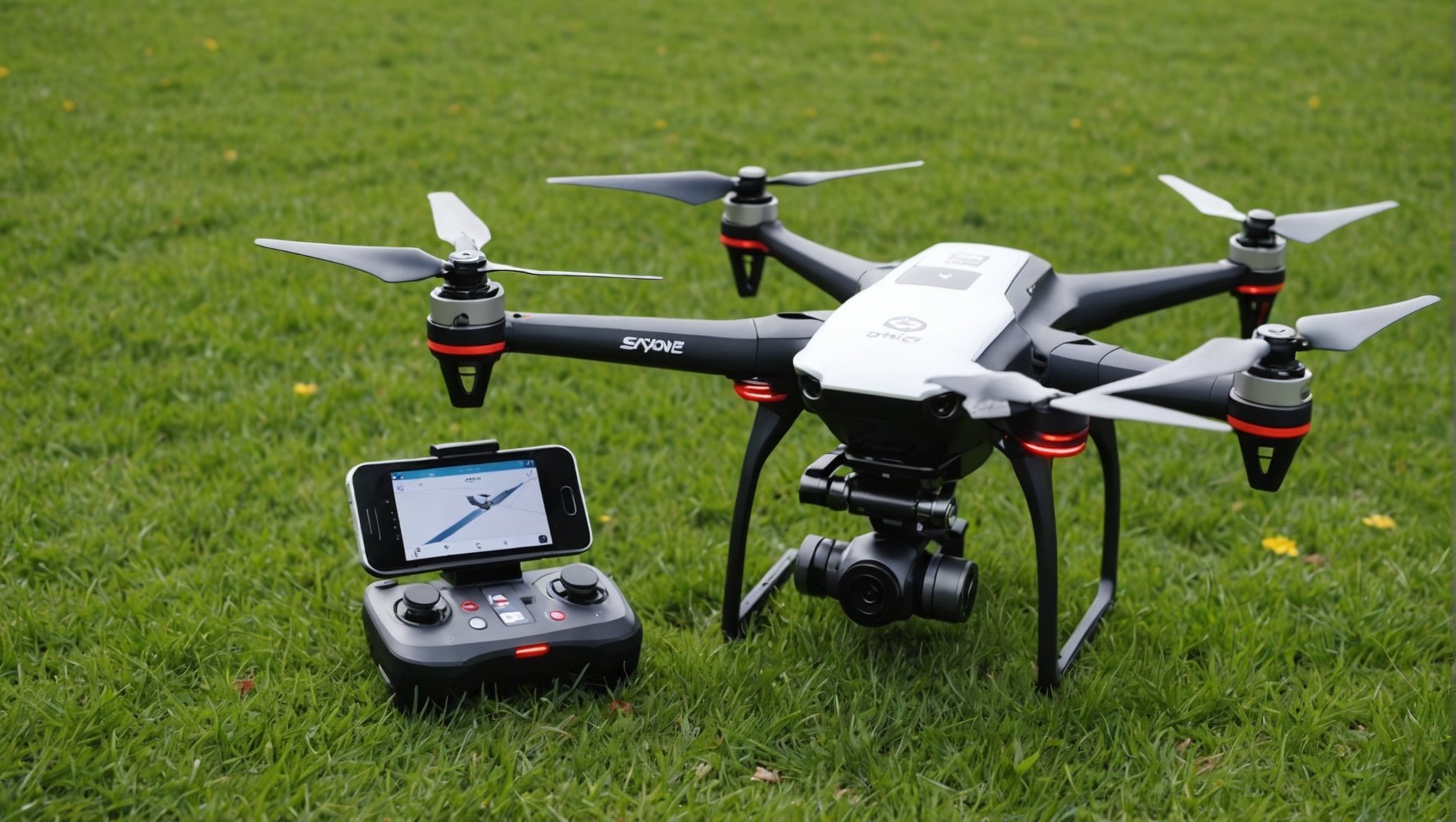In the age of rapid technological advancement, the integration of smartphones and drones is revolutionizing various industries, including landscaping. As we navigate the ever-evolving landscape of automated technology, a pressing question arises: Can you use your smartphone to control an autonomous drone for landscaping? This article delves into the intersection of smartphone functionality, drone technology, and modern landscaping to provide a comprehensive look at how these innovations are shaping the future.
The Rise of Autonomous Drones in Landscaping
Autonomous drones have become a game-changer in the landscaping industry. These high-tech devices are designed to perform a variety of tasks automatically, reducing the need for manual labor and increasing efficiency. The advent of autonomous drones has paved the way for more precise, timely, and cost-effective landscaping solutions.
In the same genre : How to Use Your Smartphone for Managing Smart Agriculture Systems?
Drones equipped with advanced sensors and AI technology can perform tasks such as lawn mowing, irrigation, and even pest control. They can map out the terrain, identify problem areas, and execute landscaping plans with remarkable accuracy. This automation has not only reduced labor costs but also minimized human error, resulting in healthier and more aesthetically pleasing landscapes.
The integration of drones into landscaping is not just a futuristic concept but a present reality. Companies are increasingly adopting these technologies to stay competitive and offer innovative services to their clients. As autonomous drones continue to evolve, their role in landscaping is expected to expand, offering even more sophisticated and efficient solutions.
Also read : Can Your Smartphone Be Used to Optimize Indoor Plant Care?
Making the Connection: Smartphones and Drone Control
The idea of using a smartphone to control an autonomous drone might sound like something out of a sci-fi movie, but it’s a reality that’s gaining traction. Smartphones, with their advanced computing power, intuitive interfaces, and constant connectivity, make the perfect companion for controlling autonomous drones in landscaping.
Modern smartphones come equipped with high-resolution touchscreens, powerful processors, and robust operating systems that can run complex applications. These features enable smartphones to serve as effective control hubs for autonomous drones. By installing specialized apps, users can easily plan, execute, and monitor landscaping tasks from the palm of their hand.
The connectivity of smartphones also plays a crucial role. With Wi-Fi, Bluetooth, and cellular networks, smartphones can maintain a constant connection with drones, ensuring seamless communication and real-time data transfer. This connectivity allows for immediate adjustments and interventions, enhancing the precision and efficiency of landscaping tasks.
Additionally, the user-friendly nature of smartphones makes drone control accessible to a broader audience. You don’t need to be a tech expert to operate a drone; the intuitive design and straightforward controls make it easy for anyone to get started. This democratization of technology is opening up new possibilities for both professional landscapers and DIY enthusiasts.
Benefits of Using Smartphones for Drone-Controlled Landscaping
The marriage of smartphone technology and autonomous drones offers several benefits that are transforming the landscaping industry. From increased efficiency to enhanced precision, the advantages are numerous and significant.
One of the most notable benefits is the sheer convenience. Smartphones are ubiquitous; almost everyone carries one. This means that drone control is always within reach, making it easier to manage landscaping tasks on the go. Whether you’re a professional landscaper overseeing multiple projects or a homeowner maintaining your yard, the convenience of smartphone control is a game-changer.
Another significant advantage is the real-time data collection and analysis. Drones equipped with sensors and cameras can capture detailed information about the landscape, which is then transmitted to the smartphone. This data can be analyzed in real-time to make informed decisions about irrigation, fertilization, and other landscaping activities. The ability to make data-driven decisions improves the health and appearance of the landscape, ensuring optimal results.
Cost-effectiveness is another key benefit. By automating labor-intensive tasks, drones reduce the need for manual labor, which can be expensive and time-consuming. The efficiency of drones also means that tasks are completed faster, further reducing costs. Additionally, the precision of drones minimizes waste, ensuring that resources like water and fertilizer are used efficiently.
Challenges and Considerations
While the integration of smartphones and autonomous drones in landscaping offers numerous benefits, there are also challenges and considerations that need to be addressed.
One of the primary challenges is the initial investment required. Both autonomous drones and high-end smartphones can be expensive, making it a significant upfront cost for users. However, this investment can be offset by the long-term savings in labor and resource costs.
Another consideration is the learning curve associated with operating these technologies. While smartphones are user-friendly, controlling a drone for landscaping purposes requires some knowledge and skills. Users need to be trained on how to operate the drone, interpret the data, and make informed decisions based on the information collected. This can be a barrier for some users, particularly those who are not tech-savvy.
Privacy and security are also important considerations. Drones equipped with cameras and sensors can capture detailed information about private properties, raising concerns about privacy. It’s crucial to ensure that drone usage complies with local regulations and respects the privacy of individuals.
Battery life and connectivity issues can also pose challenges. Drones typically have limited battery life, which can constrain the duration and extent of landscaping tasks. Additionally, maintaining a stable connection between the smartphone and drone is essential for effective control and data transfer. Poor connectivity can result in disruptions and reduced efficiency.
Future Prospects: What Lies Ahead?
As technology continues to advance, the future prospects for smartphone-controlled autonomous drones in landscaping look promising. Several emerging trends and innovations are set to further revolutionize this field.
One of the most exciting prospects is the development of AI-powered drones. These drones can leverage artificial intelligence to perform increasingly complex tasks with minimal human intervention. For example, AI algorithms can enable drones to identify specific types of plants, pests, and soil conditions, allowing for highly targeted and efficient landscaping activities.
Integration with other smart technologies is another promising trend. For instance, drones could be integrated with smart irrigation systems to optimize water usage based on real-time data. Similarly, drones could work in tandem with autonomous lawnmowers and other smart landscaping equipment to create a fully automated and cohesive landscaping solution.
The potential for expanded applications is also noteworthy. Beyond traditional landscaping tasks, smartphone-controlled drones could be used for environmental monitoring, agricultural applications, and even urban planning. The versatility and adaptability of drone technology make it suitable for a wide range of applications, further expanding its impact.
Regulatory advancements are also expected to play a role in shaping the future of drone technology in landscaping. As drones become more prevalent, regulations will evolve to address issues related to safety, privacy, and airspace management. Clear and comprehensive regulations will help ensure the responsible and ethical use of drones, fostering greater adoption and innovation.
So, can you use your smartphone to control an autonomous drone for landscaping? Absolutely. The integration of smartphone technology and autonomous drones is unlocking new possibilities and transforming the landscaping industry. From increased efficiency and precision to real-time data collection and cost-effectiveness, the benefits are substantial. While there are challenges and considerations to address, the future prospects for this technology are incredibly promising. As we continue to embrace and advance these innovations, the landscape of landscaping itself is set to undergo a significant transformation. Whether you’re a professional landscaper or a homeowner with a green thumb, the future of landscaping has never looked more exciting.











